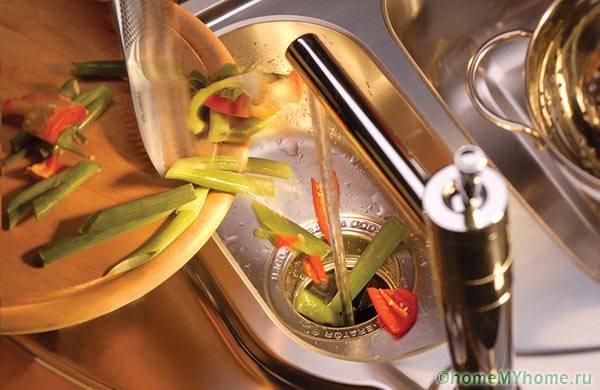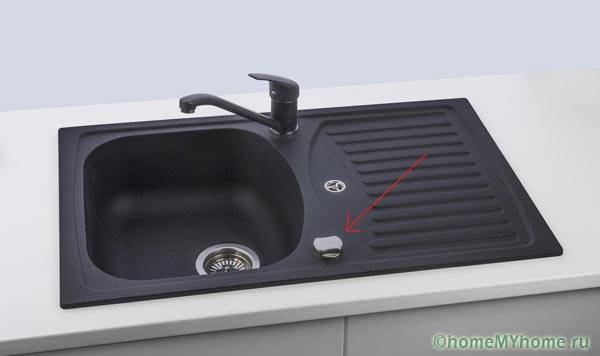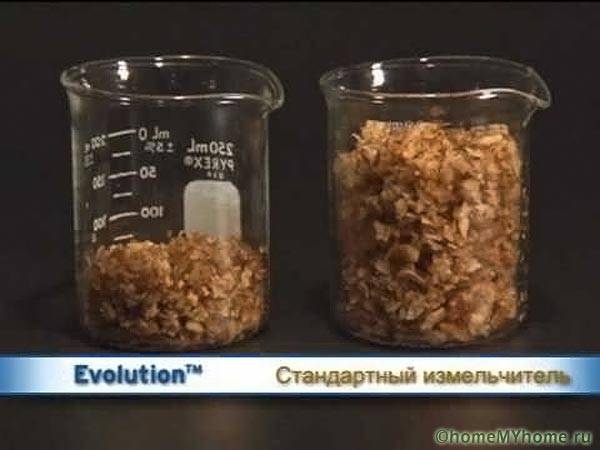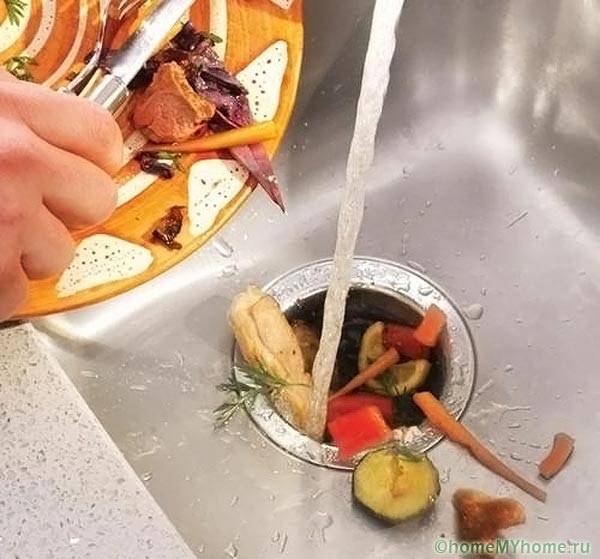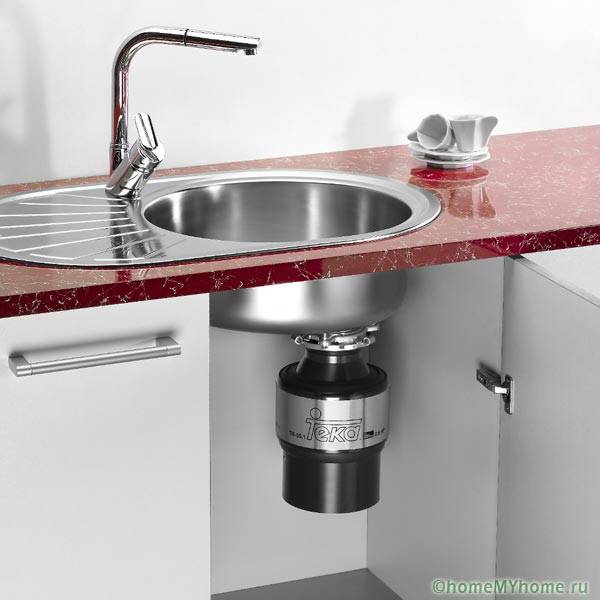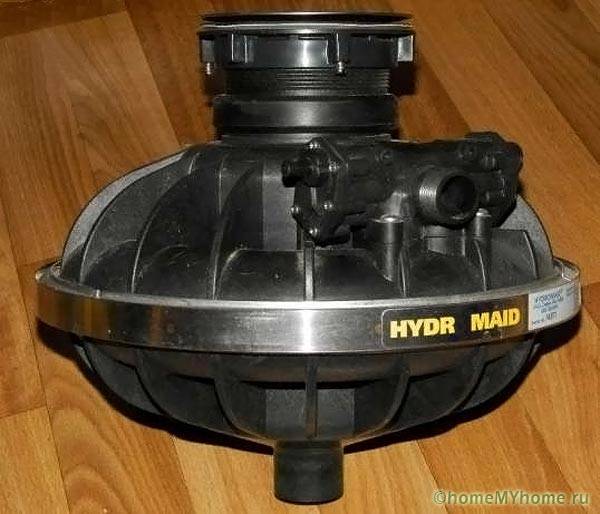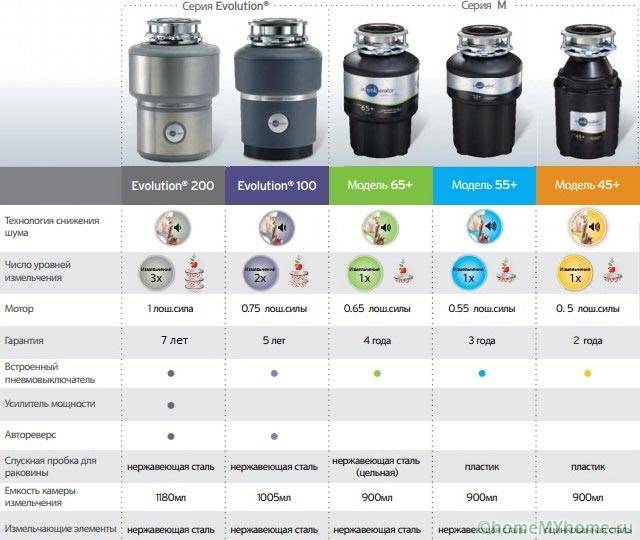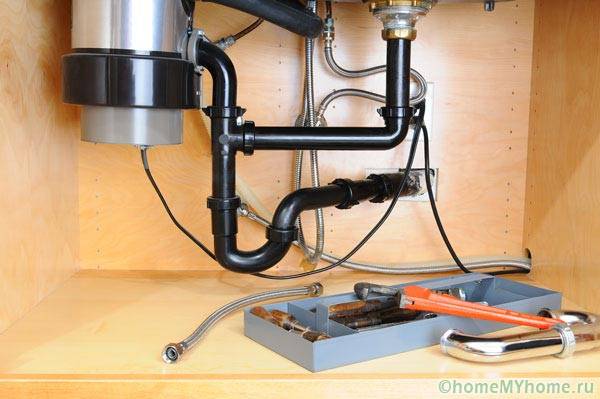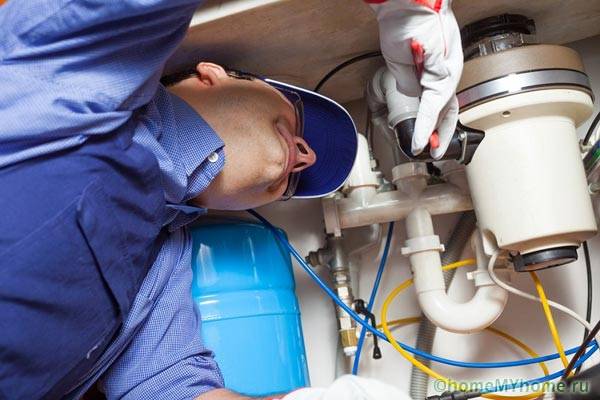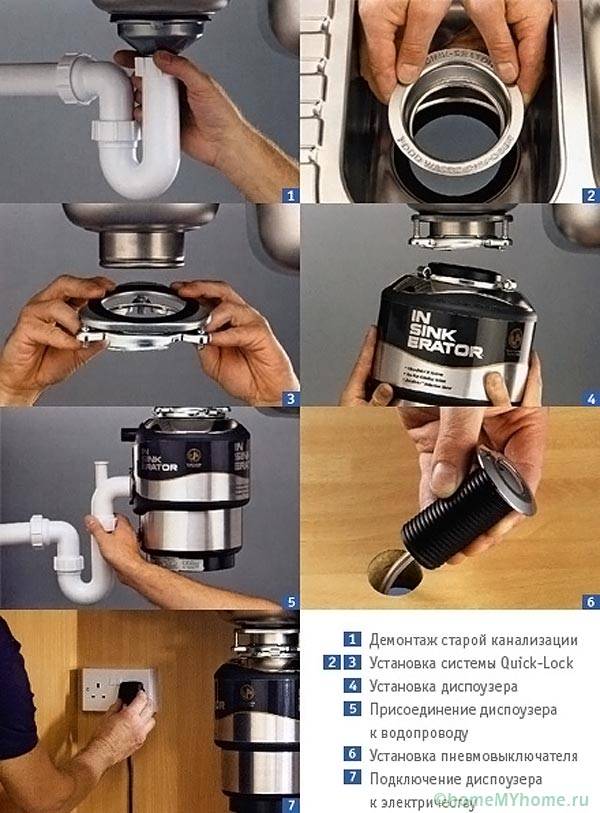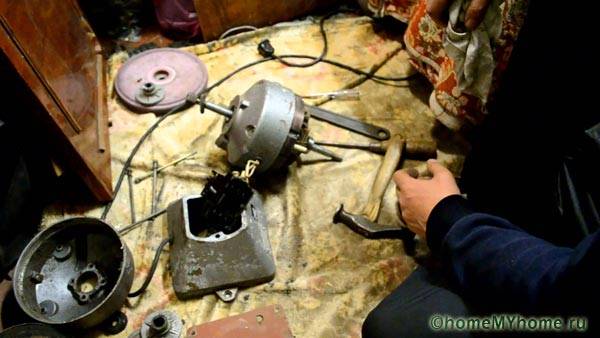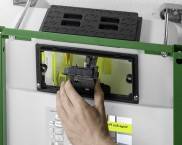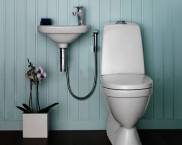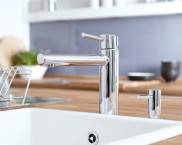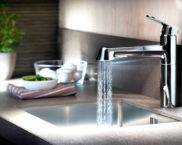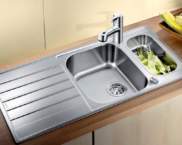Sink Food Waste Disposal: Is It Really The Right Thing?
HAmong the built-in household appliances is a food waste disposer for shells mechanical or electrical type. It allows you not only to get rid of the trash can, but also the accompanying discomfort of living - crumbs, cockroaches, odors of waste.
The content of the article
Video: the principle of the shredder
What is it, varieties
In the process of cooking, a lot of cleaning and waste is generated. This organic matter cannot be transported through the sewer system due to large fractions.
The problem is completely solved by a food waste disposer for the sink - a disposer mounted under the sink in front of the sewage system.
This built-in appliance has the following construction:
- body - cylindrical, is attached to the sink;
- crushing chamber - made of stainless steel, walls have a rough coating;
- crushing disc - removable cams made of heavy-duty material;
- motor - mounted in the lower part of the body, a crushing disc is mounted on the shaft, rotating in a bearing;
- pusher - helps push waste into the crushing chamber, keeps fingers safe.
To increase the comfort of use, there is a noise-absorbing shield immediately under the mounting flange. The camera is also protected from the outside soundproofing material... Disposers are turned on either by turning the lid or by a separate button.
Helpful information! It is absolutely safe for this device to get inside metal objects. It will simply turn off until the forks, knives, spoons are completely removed.
There are household shredders with dimensions from 12 cm in diameter, 40 cm in height. Industrial equipment may have their own sinks.
Principle of operation, device, selection criteria
In the food waste grinder for the sink, crushing takes place, then the organic matter is crushed to a pasty state (fraction 5 - 3 mm).
To move the resulting mass through the sewer, it is necessary to turn on water from the tap, maintain a small stream until the waste is completely grinded.
Important! The processing of textiles, ropes, metals, polymers, packaging materials is prohibited. They either wind up on a shaft or clog up the sewers.
Mechanical (hydraulic) shredder
Mechanical dispensers start to work with water pressure each time the tap is turned on. Instead of rubbing the waste against the chamber walls with the cams, bones are cut and cleaned with several knives. The device is non-volatile, however, it will not turn on at a low head less than 2.5 atmospheres. But the hydraulic equipment works practically silently.
A food waste grinder is more expensive than electric counterparts. This is due to a more complex device and expensive components. The use of these devices in families with small children is not recommended due to the increased risk of injury. The knives are only blocked when metal or glass enters the chamber. If the pressure in the water supply is not stable, the built-in appliances will be useless.
Important! Without a pusher, the user runs the risk of grinding his own fingers, for which the power of the device is quite sufficient.
Electric dispenser
The waste heat recovery unit is cheaper (household models only), however, to connect, you will need waterproof socket... Most manufacturers produce only volatile household appliances, so the range is much wider.
When choosing, they are mainly guided by the power of the drive. The volume of the crushing chamber is not so important - peak loads traditionally fall on anniversaries, weddings, pickling season. In principle, a 0.5 kW motor is sufficient for a small family. Moreover, an increase in loads cannot cause burned out windings - thermal protection will work, the drive will turn off.
The maintainability of electrical, hydraulic models is approximately the same. However, the operating budget of the latter options is much lower - rewinding the engine is more expensive than replacing the knives, not electricity is consumed... Water as a drive is the cheapest energy source.
Important! When installing any utilizer, you will have to sacrifice a sewer siphon. Therefore, the odor trap disappears by default, unpleasant odors penetrate into the interior of the dwelling. Any chamber wall coverings advertised by manufacturers are another way to increase their profits. The devices do not have their own water seals, which is a significant flaw of the companies.
Finally, for suburban homes, the shredder is not relevant in principle. The family either maintains livestock / poultry or uses organic matter in the compost heaps.
DIY installation step by step
Before choosing a hydraulically or electrically powered food waste disposer for your sink, you need to realistically estimate the volume of organic waste. For installation, you do not need to call a plumber, it is enough to do a number of operations:
- disconnect the siphon, branch pipe or corrugation, which is used to connect to the sewer;
- install a special fastener from the bottom of the sink, which is included in the disposal kit, the tightness of the joint is ensured by a rubber gasket;
- fix the disposer with a threaded connection on the mount;
- connect a corrugation or a smooth pipe to the outlet;
- run it into the tee of the internal drainage system;
- connect a volatile device to an outlet.
Electric utilizers are switched on in the same way as hydraulic dispensers:
- first, the tap opens, water is directed to the sink drain hole;
- then you need to press the button or turn the cover.
Turning off is done in reverse order, the tap is closed last.
Tips, recommendations
The repair of the sink food waste disposer consists of replacing the gaskets or the electric actuator. In hydraulic waste heat exchangers, it may be necessary to sharpen / replace knives. Less common is the breakage of rotating equipment, bearing failure, leading to disk seizure.
Exhausted shaft seals can cause a short circuit, therefore it is recommended to connect volatile built-in appliances through a differential protection device.
Thus, food grinders are in demand by city dwellers. Following the recommendations given, you can not only choose, mount the built-in appliances, but also make repairs on your own.
Video: DIY installation of a disposer




